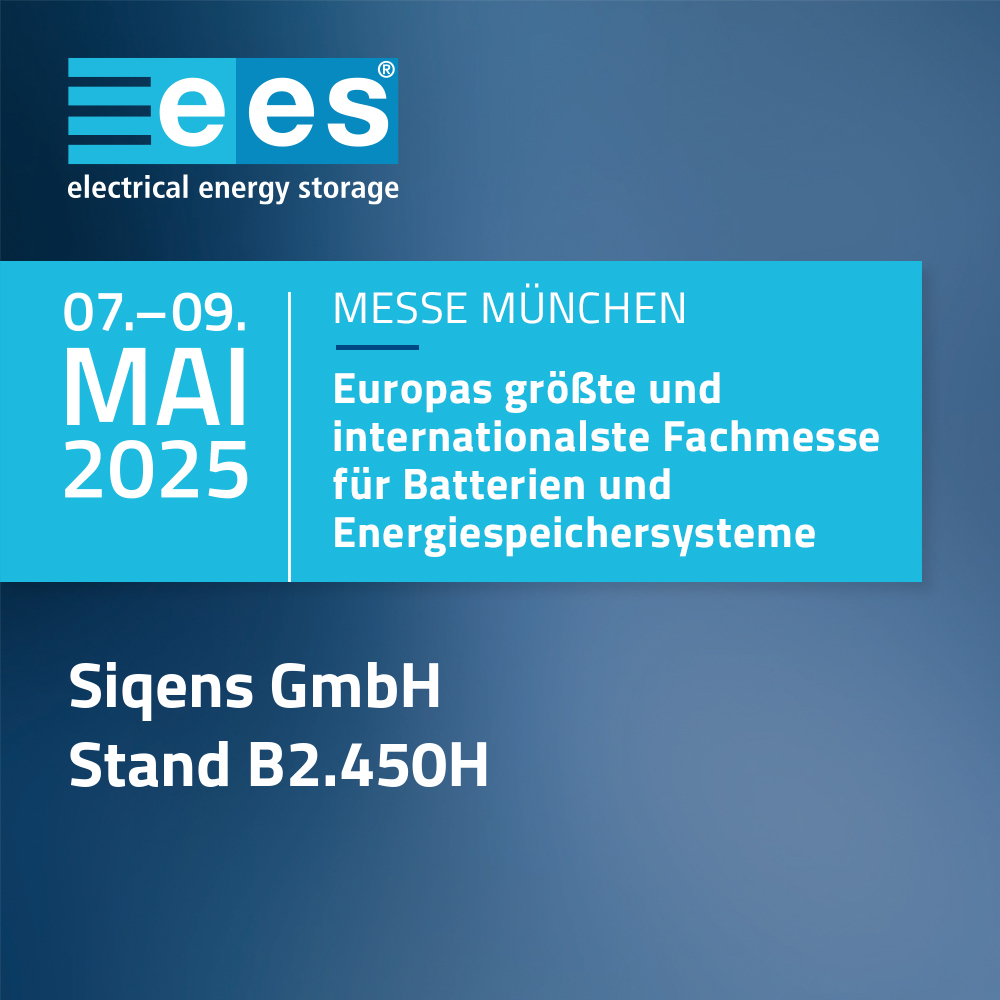Siqens revolutionises hydrogen production and use
Munich, 20 March 2025 – Siqens GmbH, an expert in the field of fuel cells and hydrogen technology, has set a milestone in the field of hydrogen recycling with its innovative EHS technology (electrochemical hydrogen separation technology). The EHS technology efficiently and cost-effectively supplies high-purity hydrogen from various gas sources and opens up a wide range of possible applications in industry and mobility.
With the EHS process, hydrogen is extracted from gas streams such as natural gas, biogas or exhaust gases and processed using selective electrochemical separation. ‘The EHS offers economic advantages compared to other processes. For example, the EHS provides one kilogram of hydrogen for 3 to 5 kWh, around 10% of what is required for electrolysis processes,’ says Siqens CEO Dr Thomas Klaue, adding “this makes decentralised hydrogen supply via the existing gas network cost-effective and flexible, in order to cover the growing demand for hydrogen as far as possible via the existing infrastructure”.
Hydrogen recycling: increasing efficiency and reducing costs
The concept of ‘hydrogen recycling’ is a central component of Siqens’ EHS technology. Hydrogen is not only obtained from renewable sources, but also from existing gas networks and exhaust gas streams – a new way of utilising hydrogen as a valuable resource. This enables companies to produce hydrogen directly on site without having to rely on complex and cost-intensive supply chains. In the chemical industry in particular, the local production of hydrogen leads to increased security of supply and a significant reduction in logistics costs. Hydrogen recycling also enables the sustainable utilisation of energy by turning waste gases and unused industrial emissions into valuable resources. This not only lowers costs for companies, but also makes an important contribution to CO₂ reduction.
Diverse industrial applications
EHS technology is used in numerous industries that rely on hydrogen, including semiconductor production, the glass, steel and metal industries and the food industry. In semiconductor production, for example, high-purity hydrogen is required for the chemical treatment of silicon wafers. By providing hydrogen directly at the production site, companies can both increase their efficiency and reduce their costs. In the glass, steel and metal industries, hydrogen is used as a reducing agent. The ability to obtain hydrogen directly from the gas grid optimises production processes and reduces CO₂ emissions at the same time. In the food industry, too, where hydrogen is used as a packaging and propellant gas, ‘hydrogen recycling’ enables a simplified and cost-effective supply of the gas.
Promotion of hydrogen mobility
One forward-looking application example of EHS technology is decentralised hydrogen production for hydrogen filling stations. With the integration of EHS, hydrogen can be provided to refuelling station operators directly via the gas network, which accelerates the development of a hydrogen infrastructure. This promotes hydrogen mobility and reduces emissions in the transport sector.
Successful implementation in Haßfurt
The town of Haßfurt is already successfully using Siqens’ EHS technology to separate hydrogen from the municipal gas network. The hydrogen produced is stored and used in fuel cells to generate electricity when required. This project impressively demonstrates the practicality and efficiency of EHS technology in a municipal application.






